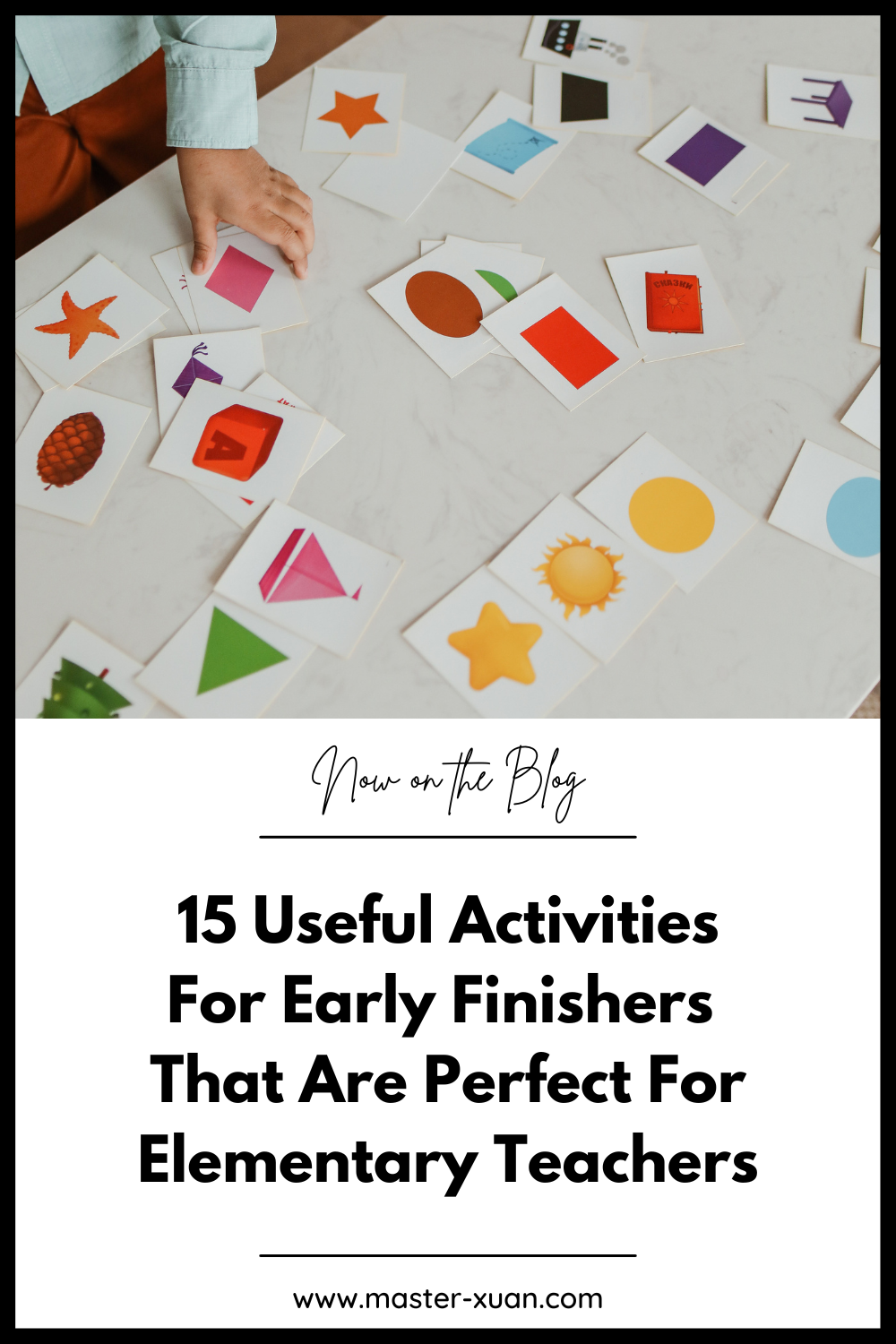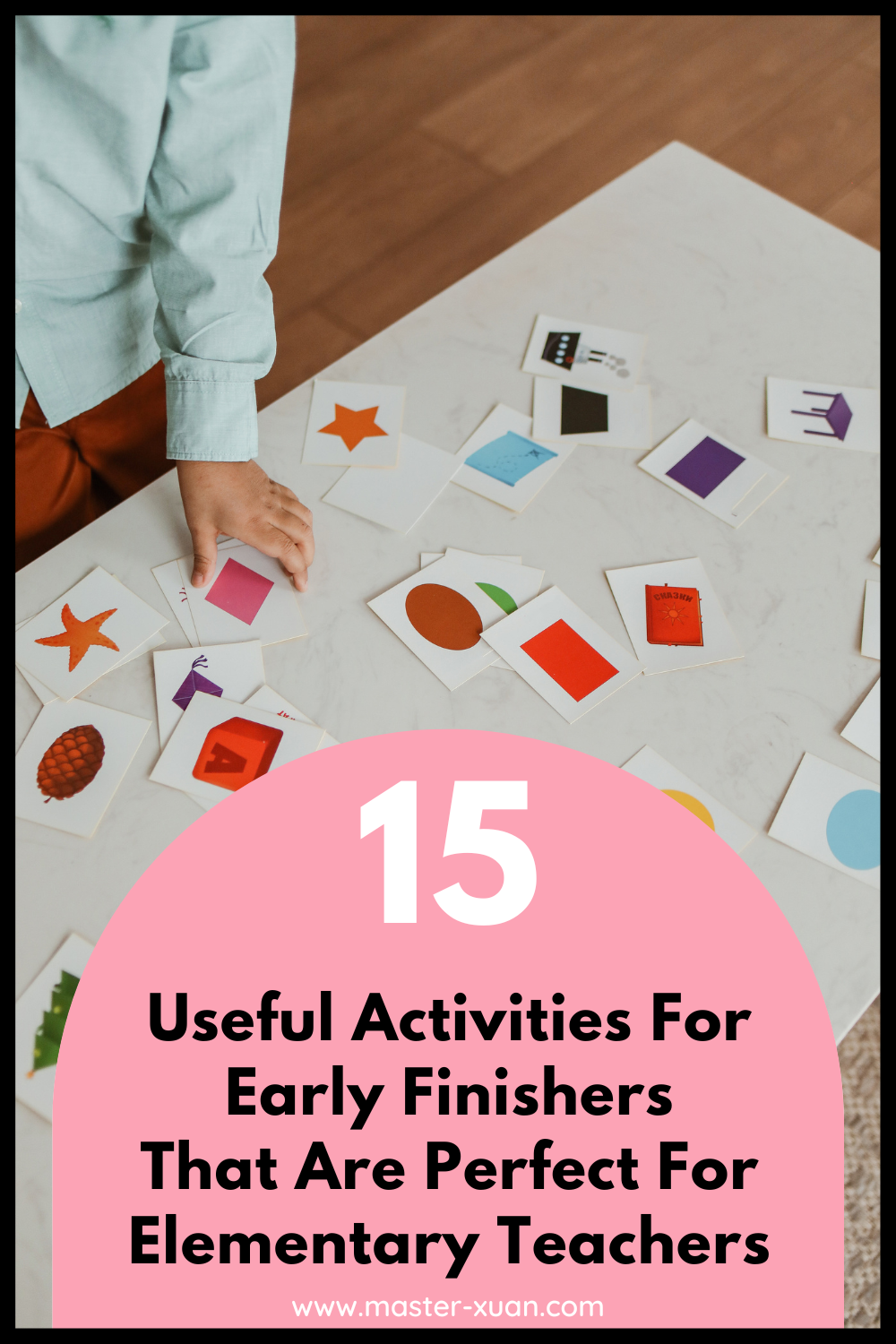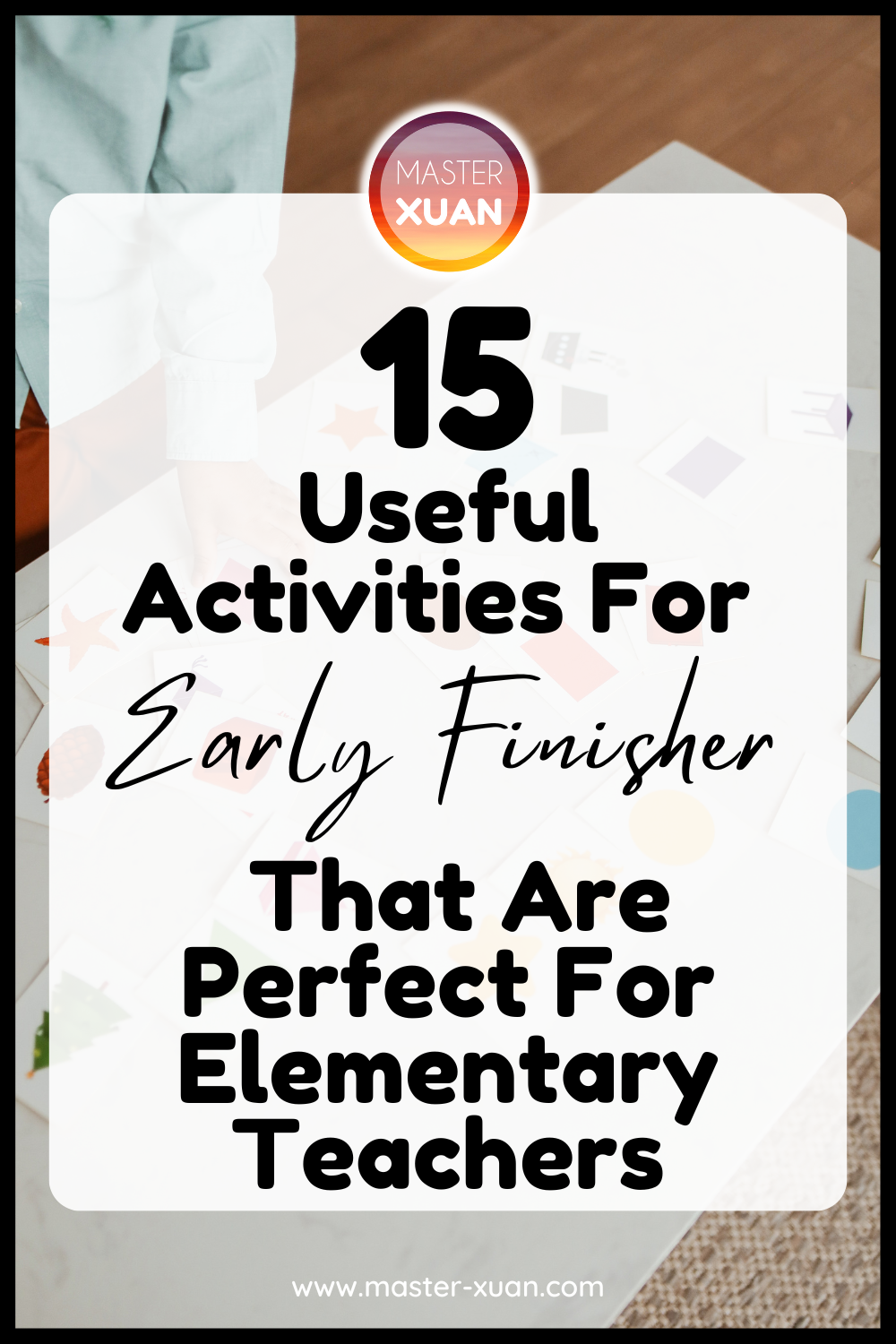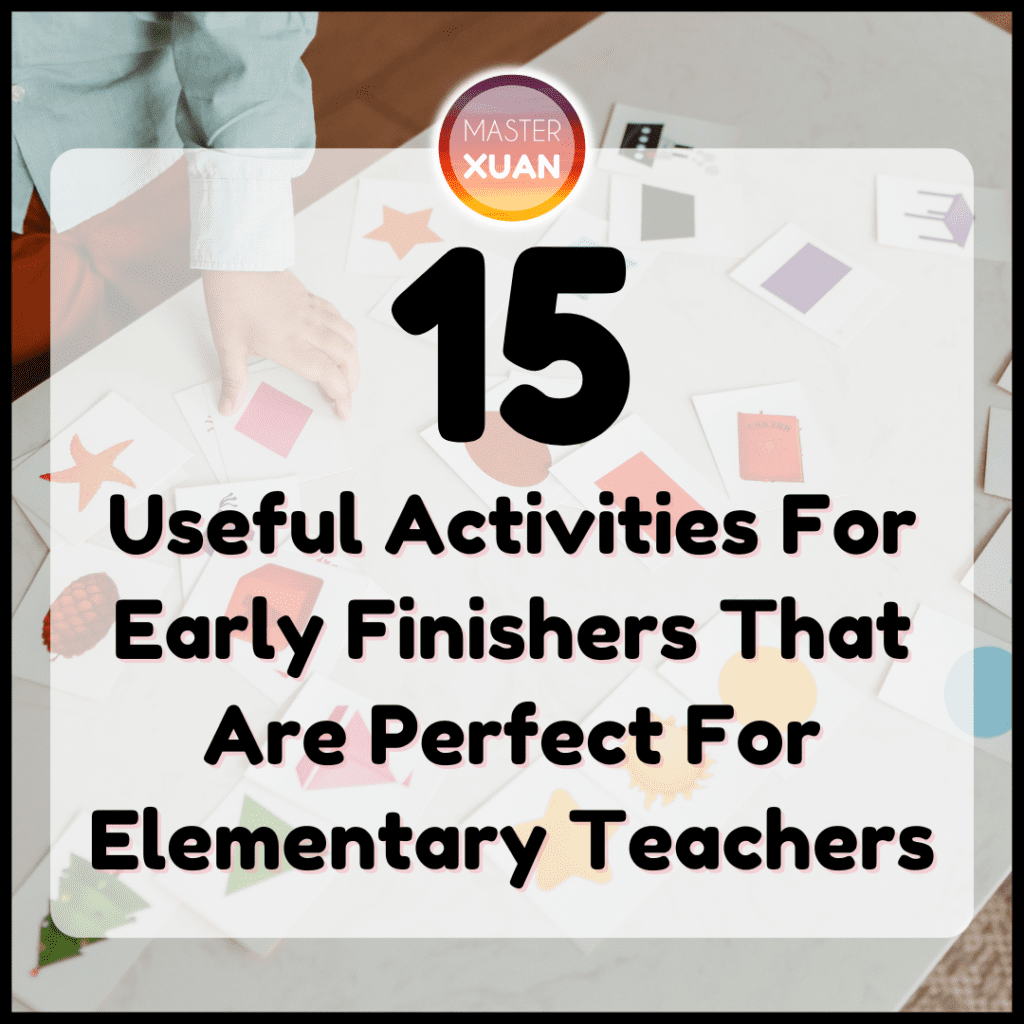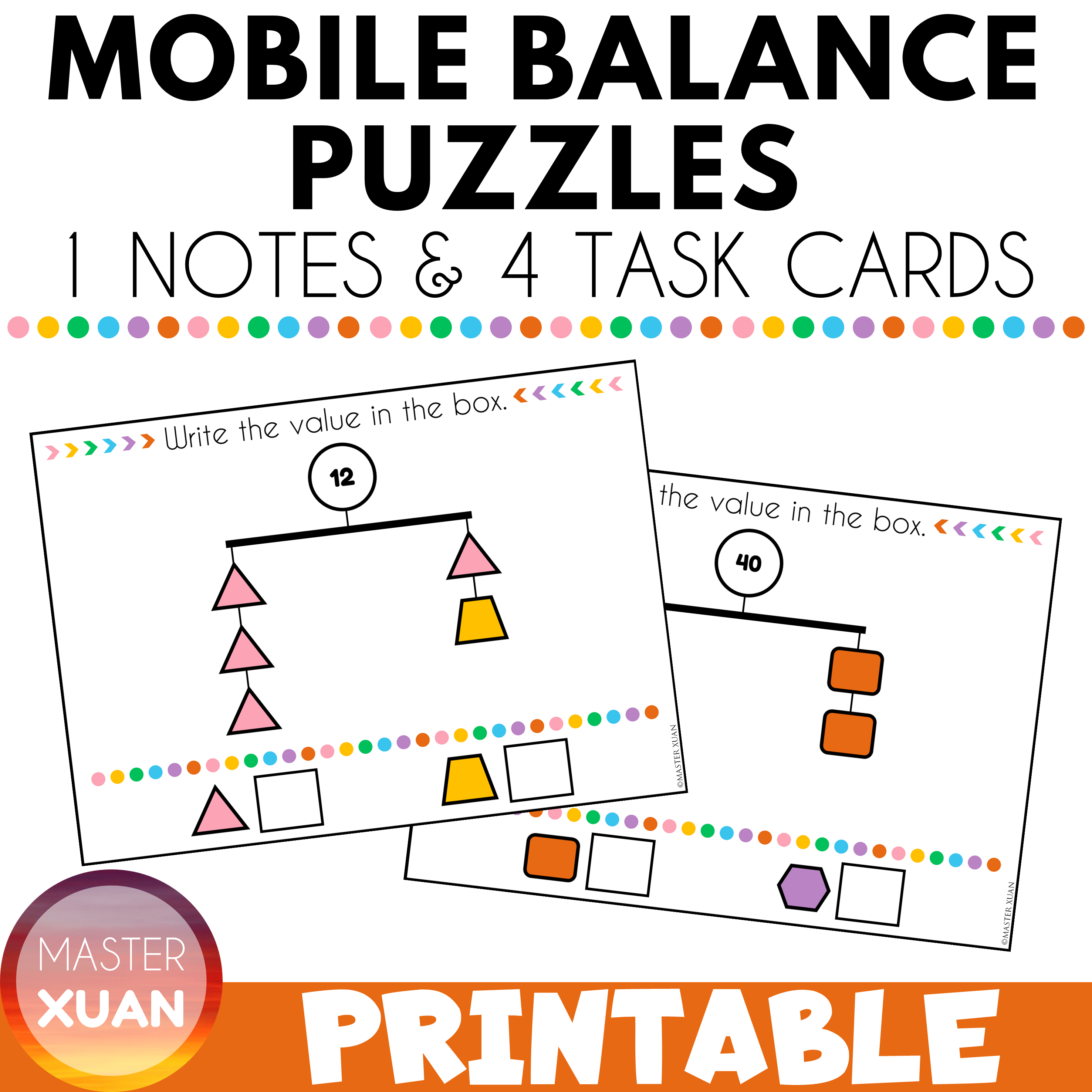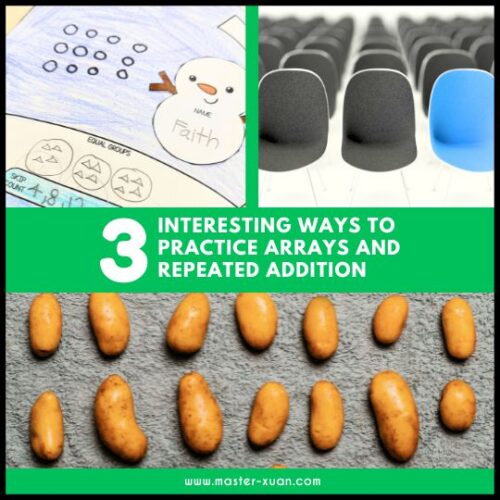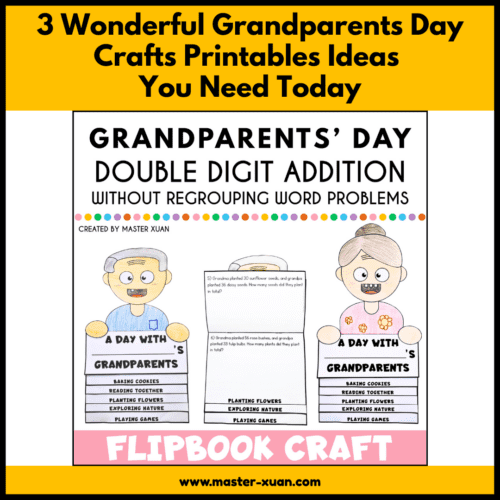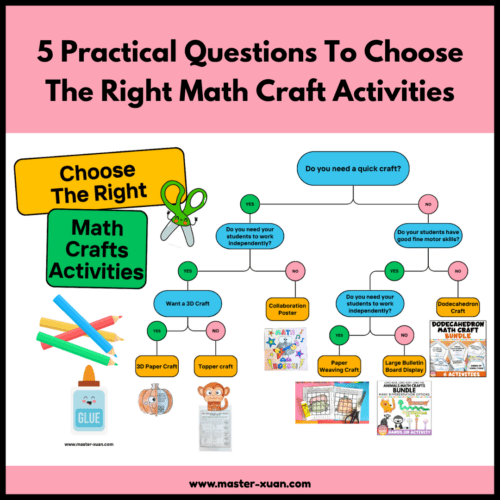Do you need math activities for early finishers or fast finishers? Worried that parents will complain when they know their child is not doing math during math lessons and lessons are not planned to occupy students for the whole lesson?
Then you need to read this blog post!
This blog post will share with you 15 useful math activities that are perfect for students aged 7 to 12. Plus, I will also include some non-math activities at the end for your reference too.
These ideas for early finishers are catered to elementary teachers but may also be a great inspiration for other educators of different grades.
In this blog post, I will use the term “early finishers” and “fast finishers” interchangeably, cause they mean the same to me.
What is a Fast Finisher Activity?
A fast finisher activity is an activity that students can work on independently and quietly when they finish the assigned work given to the class earlier than others.
You should prepare the materials in advance cause you never know when will your students need to use them.
Who is that for?
If you are teaching students of different standards and or grades, some students will surely finish before others.
There are 2 main groups: Higher achievers or students who complete their work at a faster rate.
Students who just complete their work at a faster rate can be split further into smaller categories:
- Their pace is generally fast.
- The “aim to complete” type of students. Their goal is to complete the task and not learn all they can from the materials. Sometimes they constantly seek help (hoping you guide them or even give them the answers) to complete the task on their hands faster.
- They get lots of mistakes, skip questions, guess the answers, or hand in low-quality work cause they don’t know how to do it and give them up.
You will need to know which categories they fall under to allocate resources that suit their needs.
Why Should I Prepare Fast Finisher Activities?
By preparing activities they can do in advance, you will not be caught off guard during lesson time, scrambling for something to keep them occupied.
In addition, it can also prevent any problem behaviors caused by restless students.
Furthermore, with additional work to be done, students get to:
- Be occupied and engaged as they have fun
- exposed to more variety of activities
- Do activities that are not allocated to do during lesson time due to time constraints
- Try extension activities that challenge them
Types of activities for early finishers
There are many types of early finishers activities. For each type of early finishers activity, you can select the math skills that you want your students to practice.
Here are some considerations to think of before selecting the perfect early finishers activities:
A) Who are they for?
The high achievers or the average students who need more practice?
This will require you to choose activities that have particular characteristics for the specific students.
For example, do you need challenging practice, practices that make the fast-paced learner slow down and digest the information, or worksheets with notes to relearn the topic?
B) How much time is left before the lesson/period ends?
This is a very practical consideration. You will need to choose the appropriate materials for the duration needed.
C) Which topics to cover?
Previous topics, current topic, the prior knowledge for the next topic, or the next topic?
There is always nothing wrong with revising the previous topic, so this is your best bet if you are short of time in preparing.
I would suggest allowing high achievers to learn the next topic in advance only if they really have the ability to self-learn and are independent learners. Else, you may get into more trouble than you think.
15 Math Activities For Early Finishers
1) Read math picture books
Reading doesn’t just have to be a language endeavor. It can be a way we learn something!
Let your student enjoy the story of the picture book first before delving in into the math concepts. Discover the many interesting surprises in picture books, observe the illustrations, and admire the creativity.
Here is one interesting read I recommend.
I found a Youtube video reading and showing Zero the Hero by Joan Holub.
This picture book is funny and interesting (even for math teachers)!
I enjoyed the math puns and students can learn many math skills within this interesting storyline.
Here are some math skills mentioned:
- 4 operations involving zero
- Place value
- Rounding off
- Common misread/miswritten regarding the numbers
- Zero as part of “The Even Club”
It is available for free from Singapore National Library Board but it is only available as an ebook.
You may check it in your own country library to borrow it for your kids. Or simply buy it if you want to add it to your library.
2) Logic puzzles
Similarly, many activities can fall under the big umbrella of logic puzzles. As long as it requires students to unravel the puzzle using logical thinking, it can be called a logic puzzle.
You can prepare some brain teasers and math riddles for students to spend a short period of time. They can be self-checking but be aware that they may share the answers after class. Provide a riddle box for students to write their own math riddle to share with others.
A common brain teaser is the matchstick puzzles.
Learn more at 3 Free Math Puzzles With Answer For You To Enjoy This Summer
A very common logic puzzle type is for students to identify the value of each symbol in the equations. It can range from easy to hard where students can practice simultaneous equations.
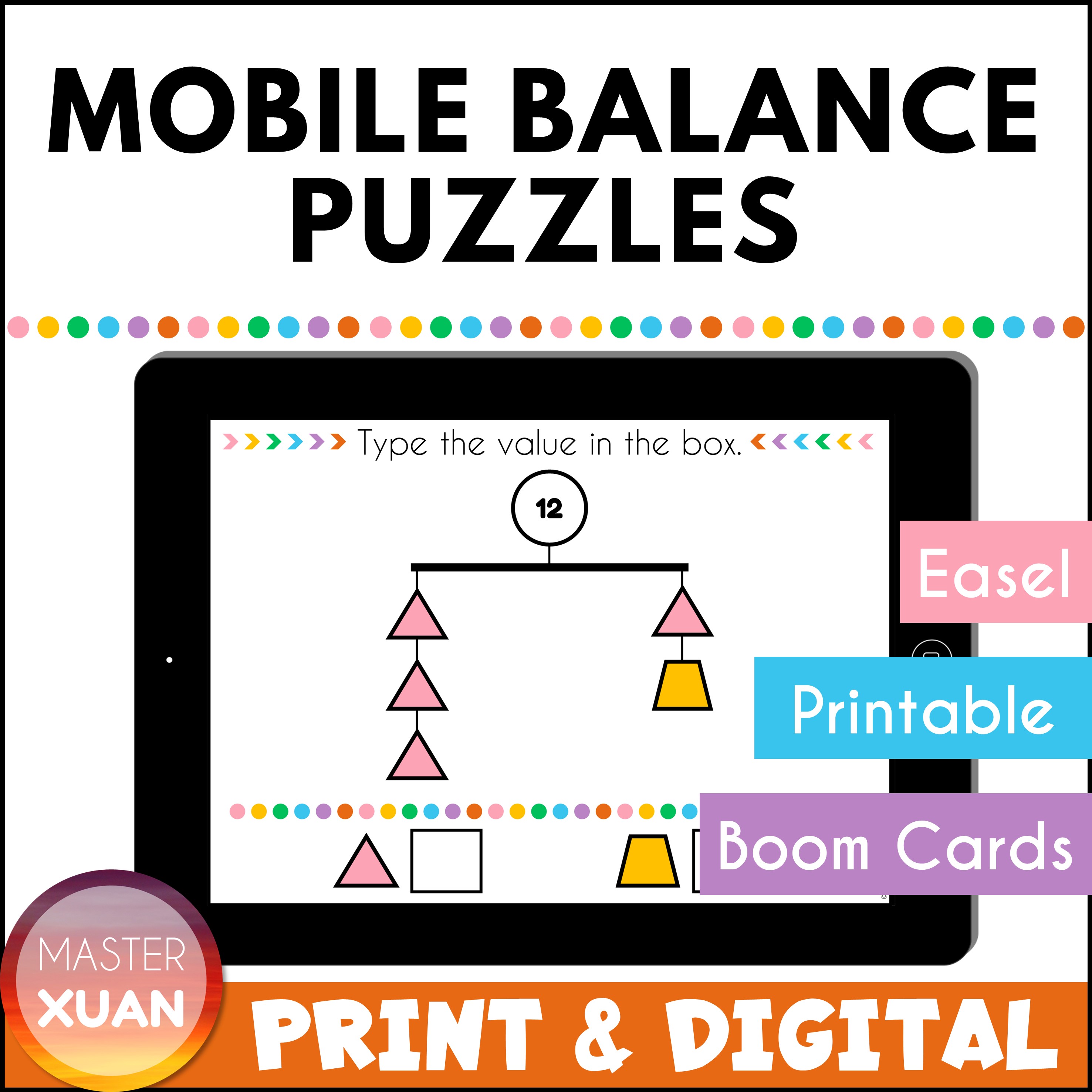
Want to try it out for free? Join my newsletter to grab the exclusive sample.
Another common type of logic puzzle is students need to use the clues provided to identify the correct pairing.
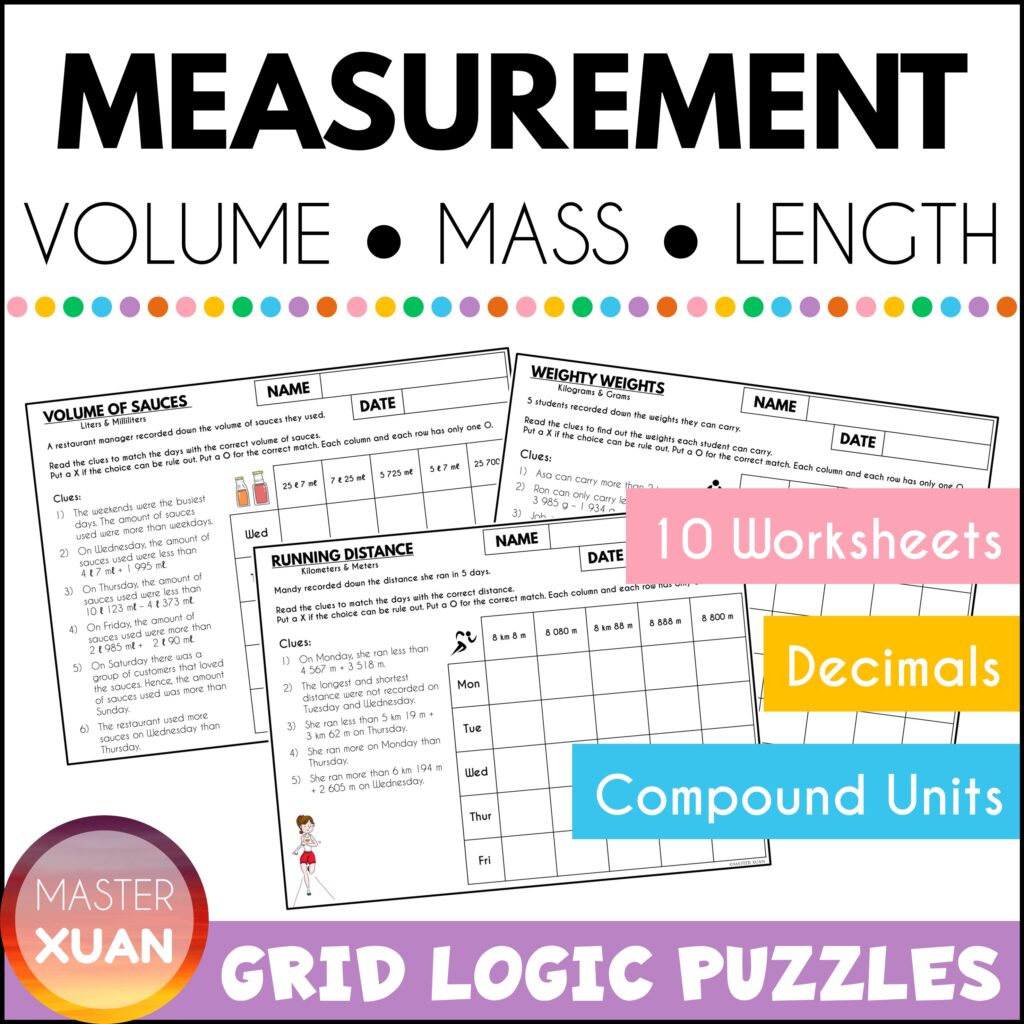
3) Jigsaw puzzles
Math jigsaw puzzles can keep students’ hands and mind busy. Usually, students need to solve the question to know where to place the pieces.
A similar type of puzzle is the tarsia puzzle.
But if you are worried about time spent on laminating and cutting and finding lost pieces, consider an online jigsaw puzzle.
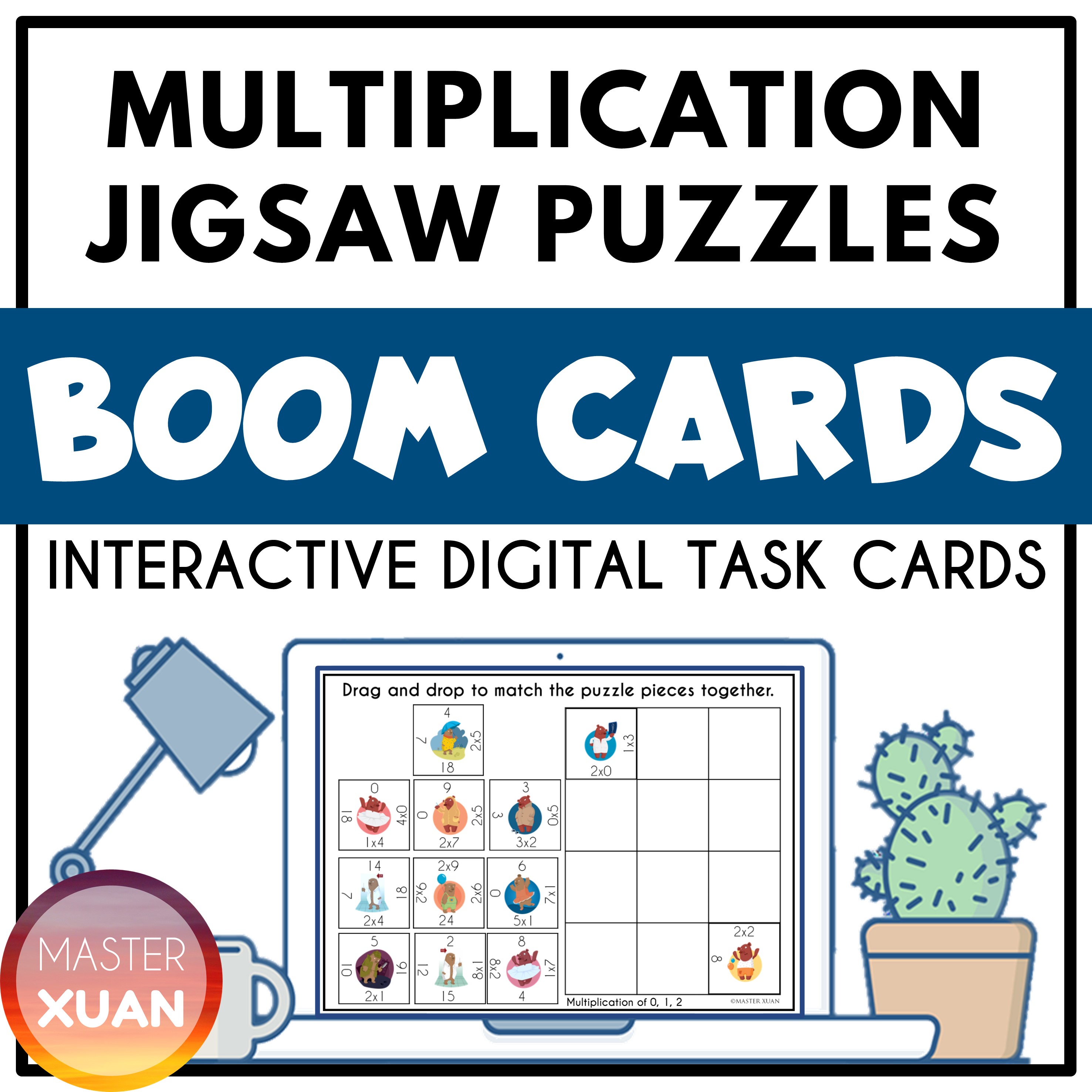
4) Mazes
There are also many variations of the mazes. But the way it works is not much different except for the time taken to complete it.
So just pick the math skills you want your students to review!
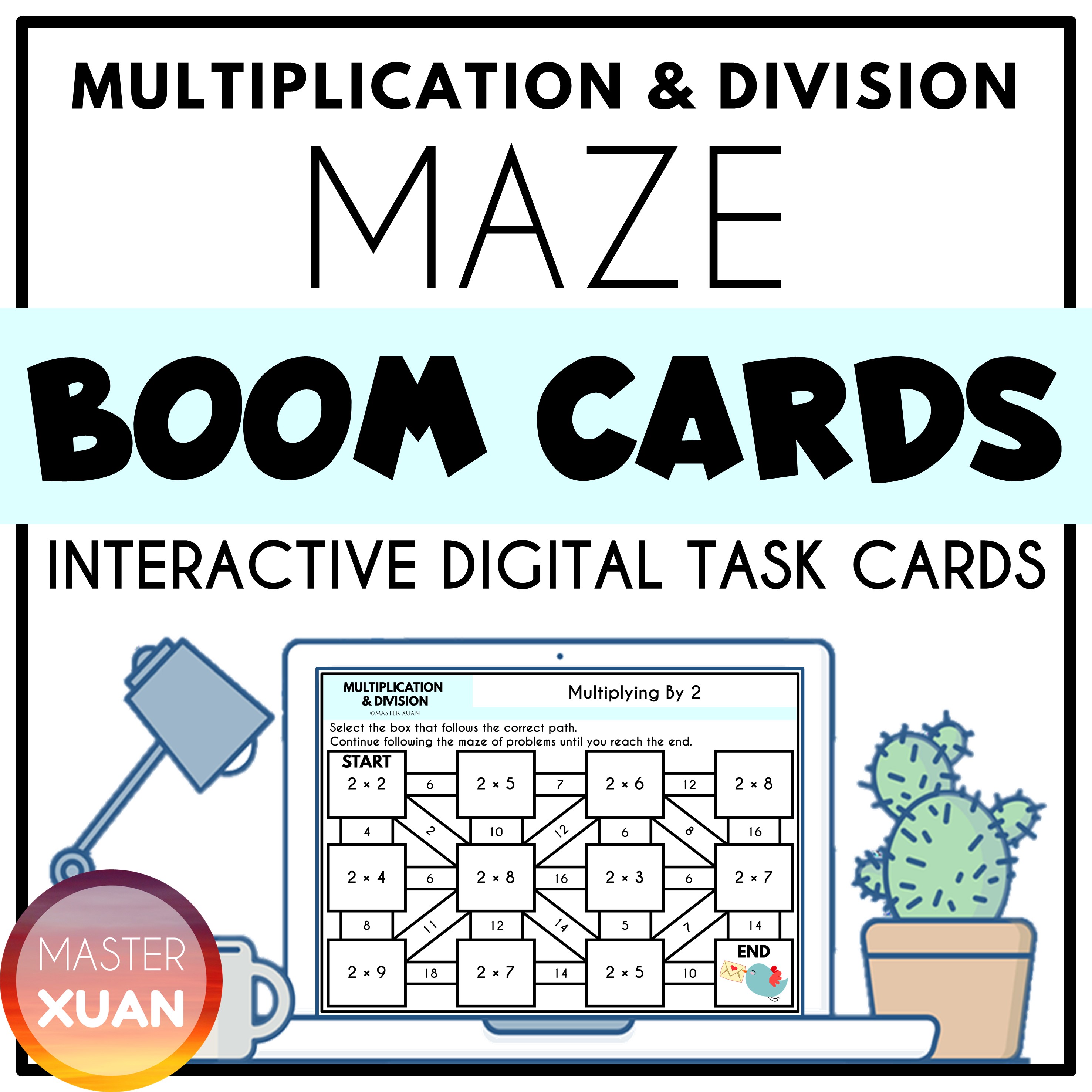
5) Mystery puzzles
Usually, this requires students to solve math questions to receive clues to solve the mystery.
My Mystery Puzzle series require students to do rigorous word problems to receive clues. To use it as an early finisher activity, use it in different batches of time.
Students can just complete 2-4 questions each time or work together with other early finishers to solve the mystery together.
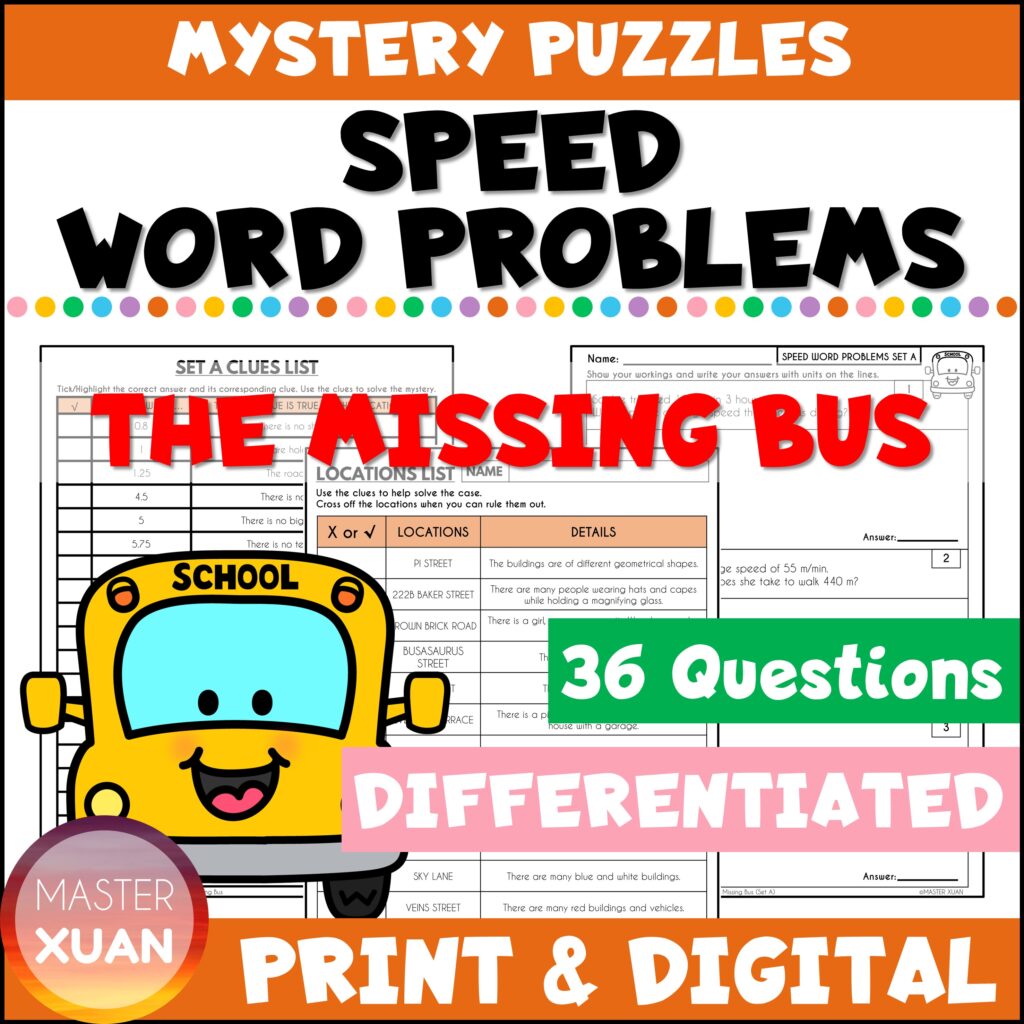
6) Color by code/number
This is a very common type of resource to keep students occupied. I don’t use this much as students spent more time coloring than answering questions. And most of the time based on the picture, students can guess the color and the answer.
However, I come across this free resource at TPT. My students enjoyed this coloring and I also like that students can’t guess the answer. However, the downside is you will have to spend time checking each answer as answers vary.
7) Crafts
I like crafts and I teach math so I like to combine them so I’ll get double the joy.
Crafts help to keep students engaged and focused. They are perfect for kinesthetic learners and help to encourage students to be proud of their work.

8) Hands-on activities
Other than crafts, there are other hands-on activities that help them to learn math better. For example math tiles and using manipulatives.
Likewise, if you prefer online math tiles activity, I have one for you:
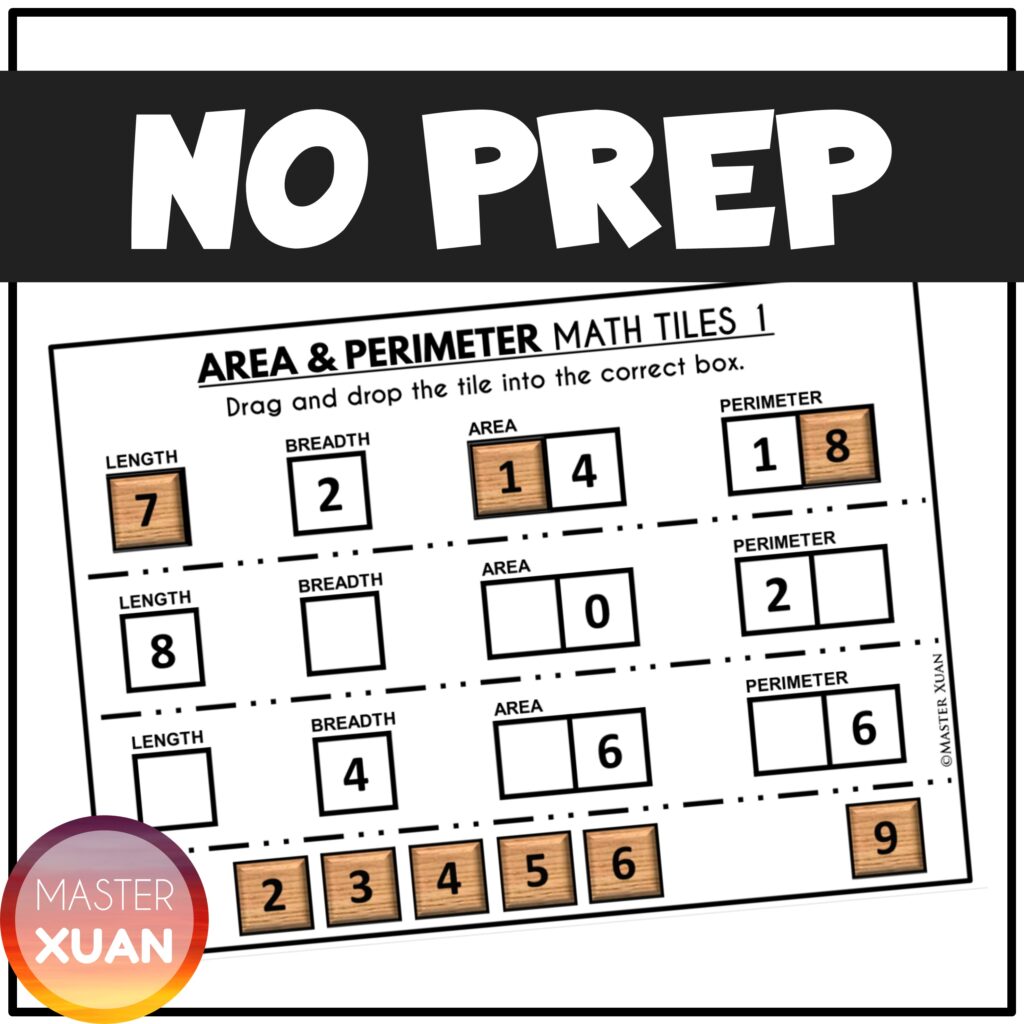
Students can also use rulers, tape, or non-standard items to measure items to learn measurements.
Don’t be limited to the items! Playdough, paint, strings, and magazines are examples of stuff that you can use in your hands-on activities. Be creative!
9) Classroom wall activities
These are activities or games that have the game board pinned or placed on a wall or a board somewhere in the classroom. Students can make use of them when they have some time available.
For example, I created a square grid. There will be different questions available and they are associated with a specific pattern. Students who answer the question can draw the corresponding pattern on the square grid. Then Ta-da, a mosaic art done by the class.
Another idea is what I call Boggle Of Operations (B.O.O).
I will write random numbers on a 4 x 4 grid. Students will write down as many equations as they can find using the numbers on the grid. The numbers must touch which means they can use the numbers placed vertically, horizontally, or diagonally.
You can create a leaderboard, so they have a goal to reach and it doesn’t seem they are playing with themselves anymore.
10) Independent printable games
We want to eliminate any wasted waiting time. So independent printable games can let students have fun by themselves!
Word search can be played independently.
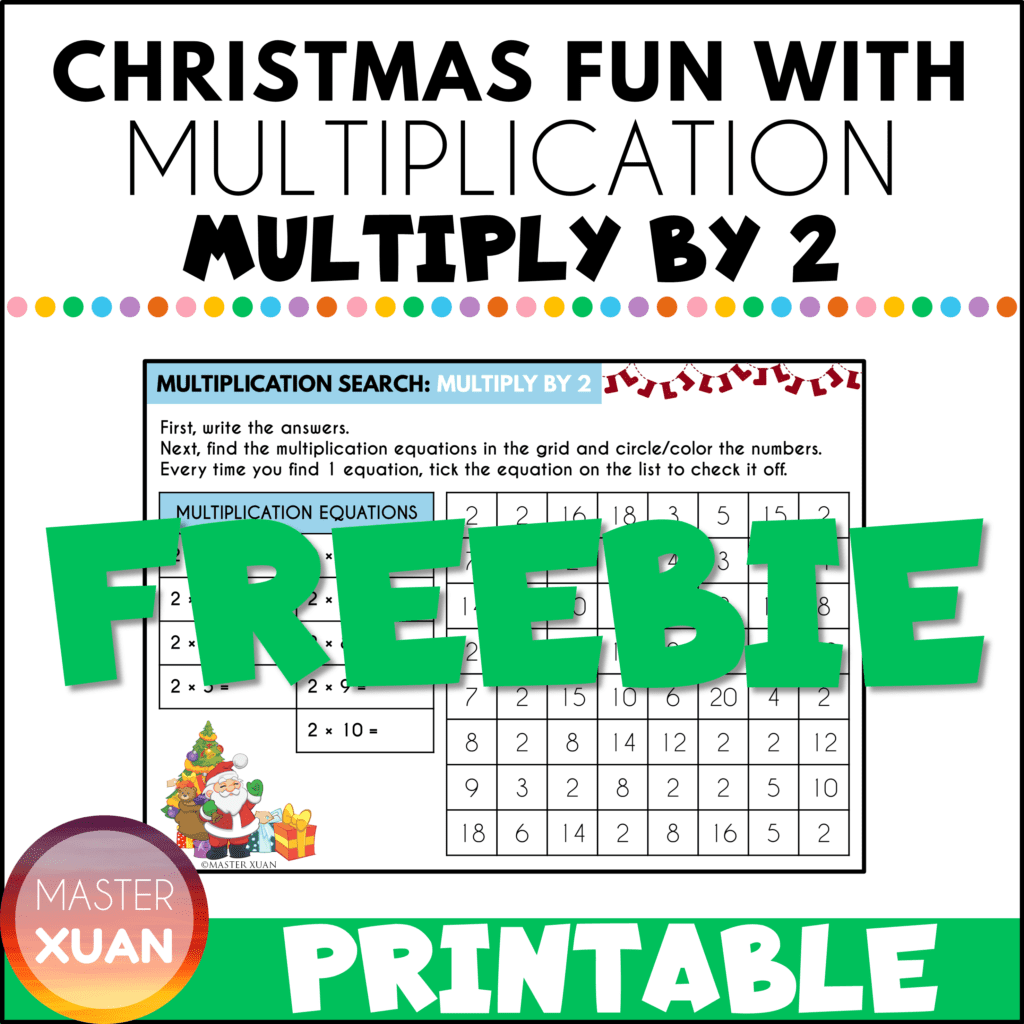
Alternatives, play independent games in that students get to act as 2 different players and they need to compete with themselves.
Add some additional pathways to make it more interesting. For example, if player 1 wins, the student gets to play activity 2, if player 2 wins, the student gets to play activity 3.
11) Online math games
There are many math games online websites as mentioned in this blog post: 5 Free And Useful Websites For Teaching Resources That Engage Students.
Here are some types of interactive digital math games you can find:
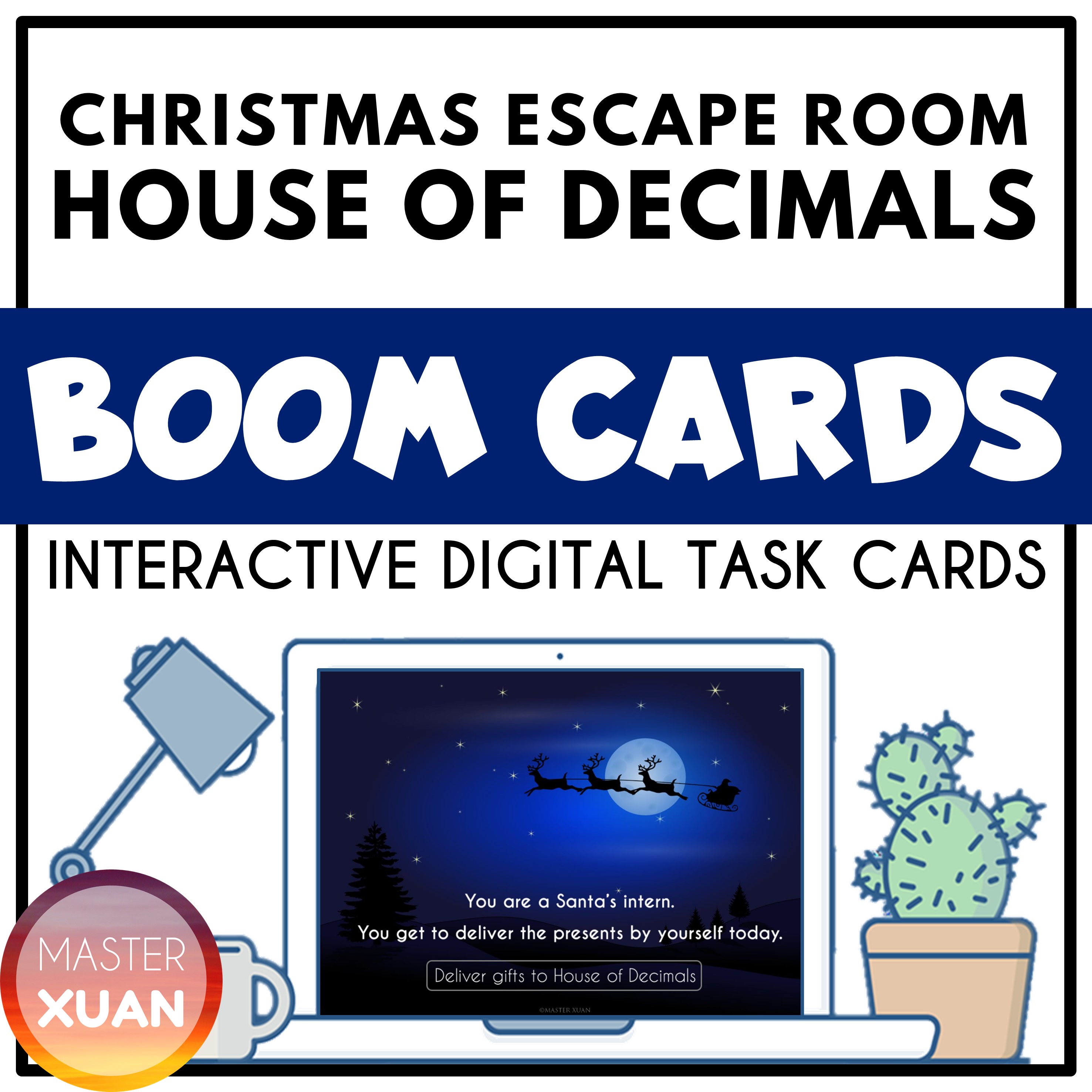
Unique Spot The Same Game Series:
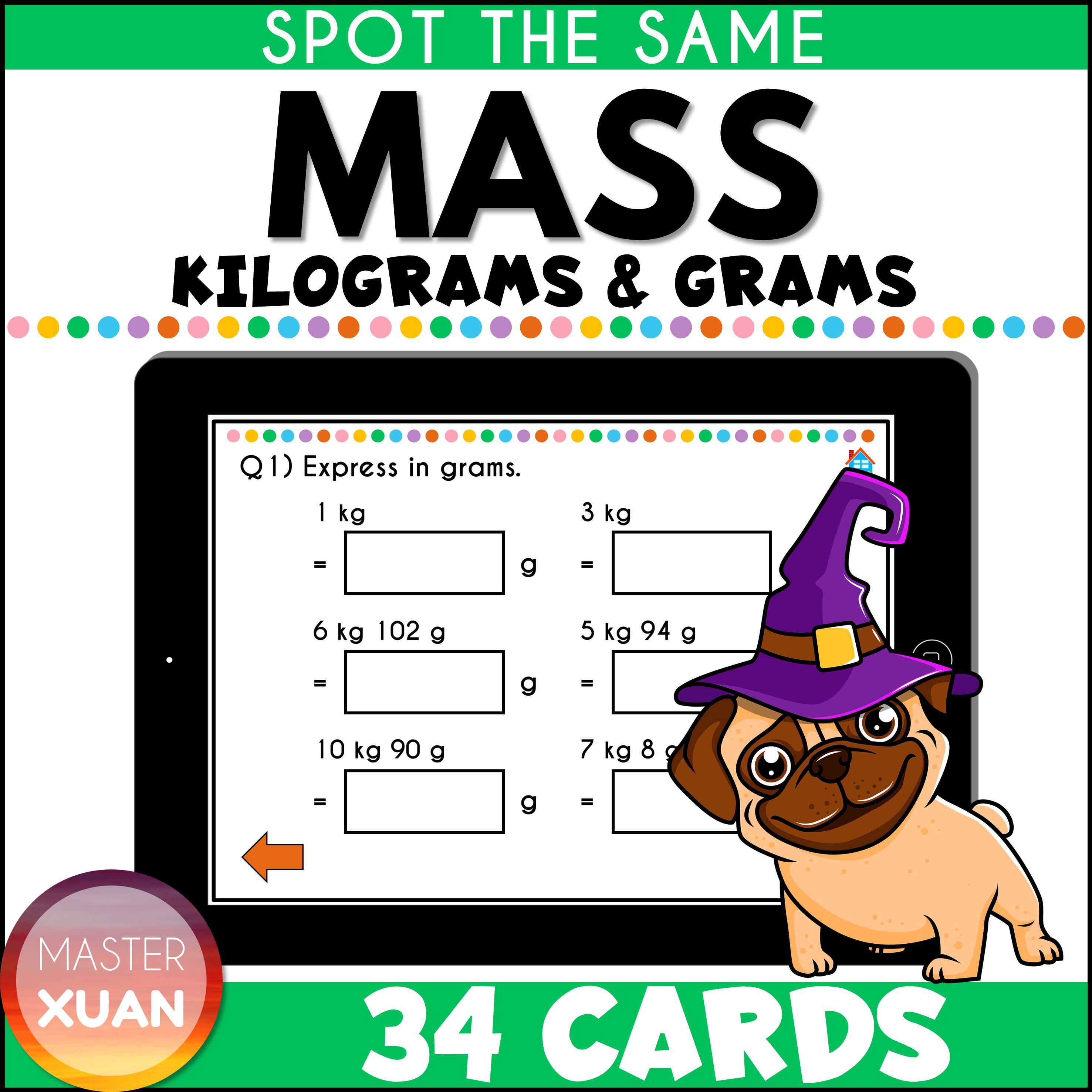
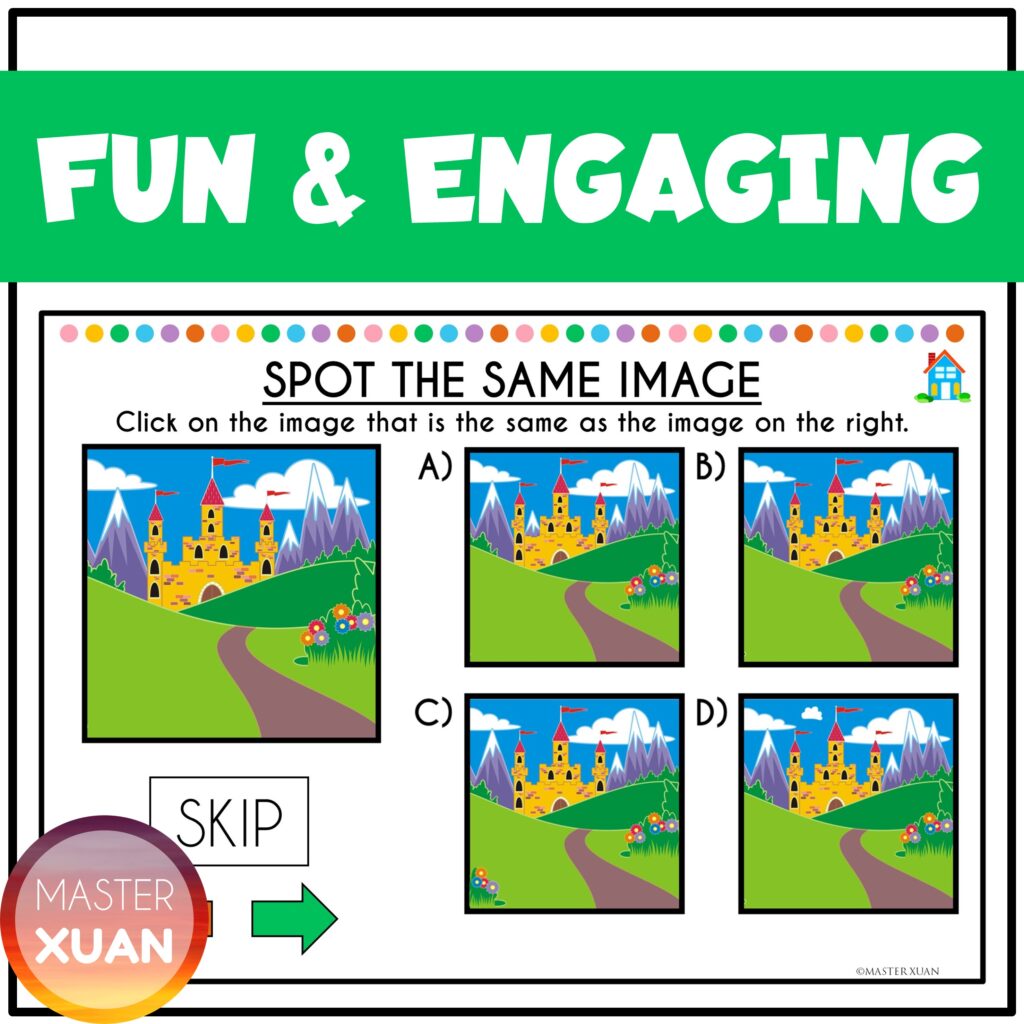
Related read: 10 Interesting Online Multiplication Games That My Students Found Fun
12) Digital task cards
If your students need more practice, allowing them to use a tablet or computer adds an element of fun to it.
Here is a FREE NO PREP & SELF-CHECKING resource for you:
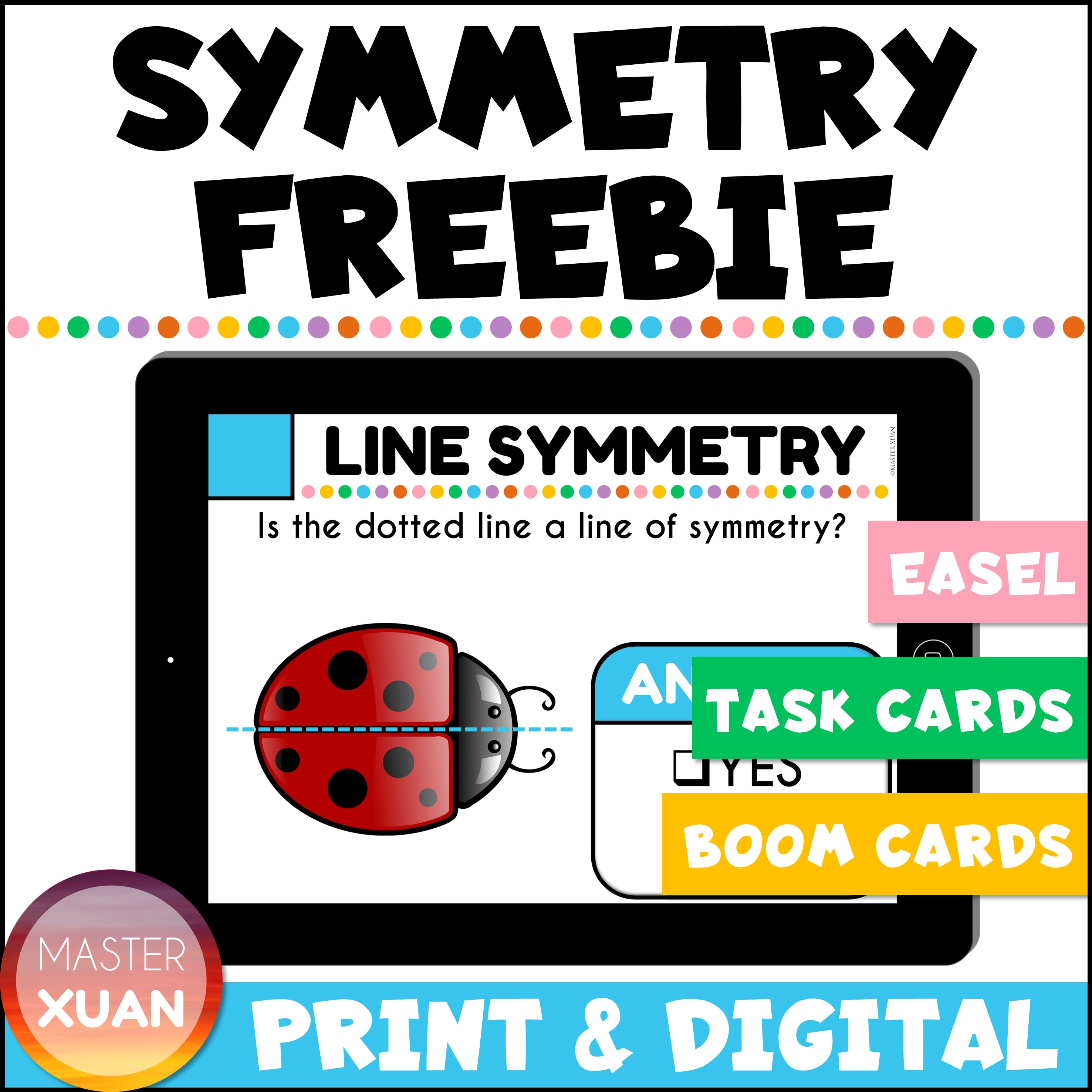
13) Spiral review
Instead of reviewing just 1 math skill, you can review a variety of previously learned concepts and skills.
Constant revising can help the retaining of knowledge.
14) Long-term projects
Some projects such as project-based learning tasks require a very long time to finish. Students can work on it on different days or pockets of time.
15) Create their own questions and solutions
Let your students create their own questions and solutions for other classmates.
Students will be more careful with their work when they know other people are going to use them.
Furthermore, while students get to show their learning results, you also get to have more practice questions set!
Other activities for early finishers or ways to occupy your students
- Writing reflections on what they have learned.
- Reviewing their goals, behaviors, and study plans.
- Decorate or doodle math interactive notebooks.
- Help out around the classroom.
- Help the teacher to complete tasks.
Final Thoughts
Always be prepared for classes as it can help reduce stress and also help the students make full use of the lesson time.
Provide a variety of activities for early finishers and ensure that they are interesting enough so that students don’t feel they are being penalized for finishing earlier. It can be a life-saver as it helps you manage behavior in the class!
Hopefully, the above activities and resources mentioned above are mathematically engaging and useful for you and your students!
Let me know if you have any specific early finisher activity in mind and will like me to create one for you!
Here are some pins that you can save to bookmark this post: 15 Useful Activities For Early Finishers That Are Perfect For Elementary Teachers.
Save them to your Pinterest Board now! ↓
